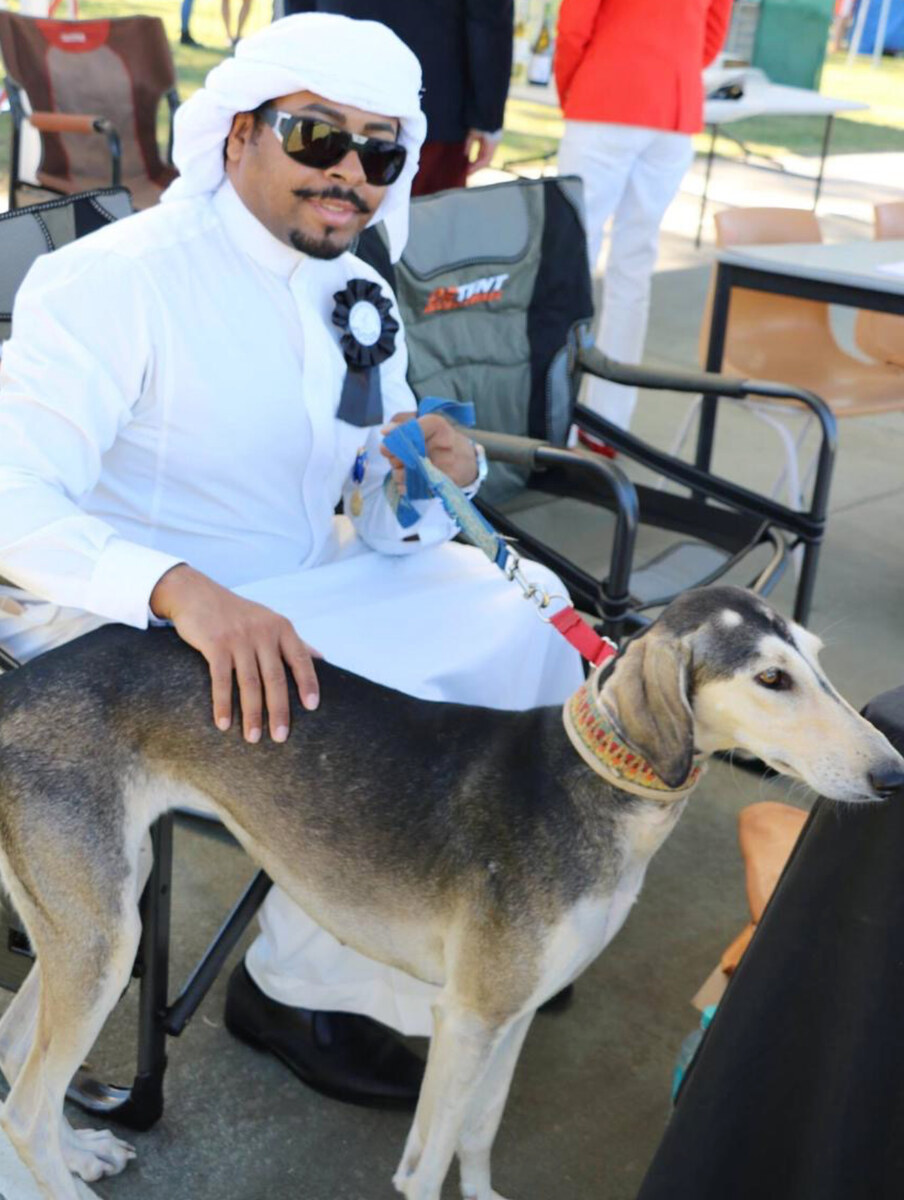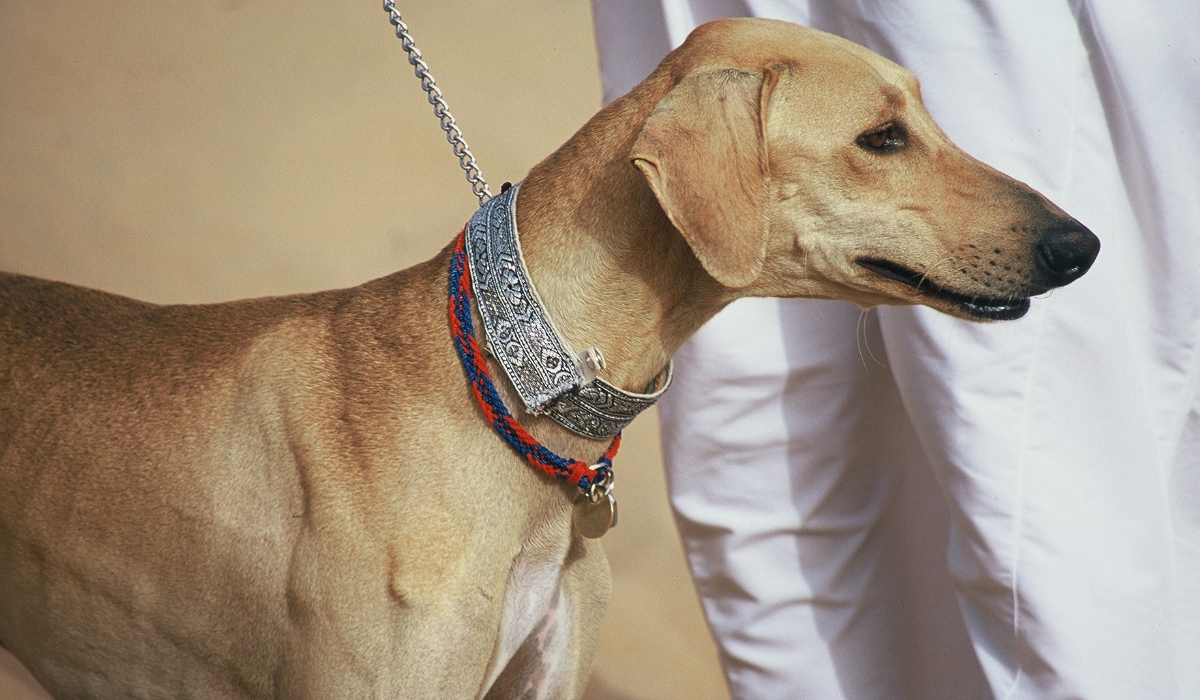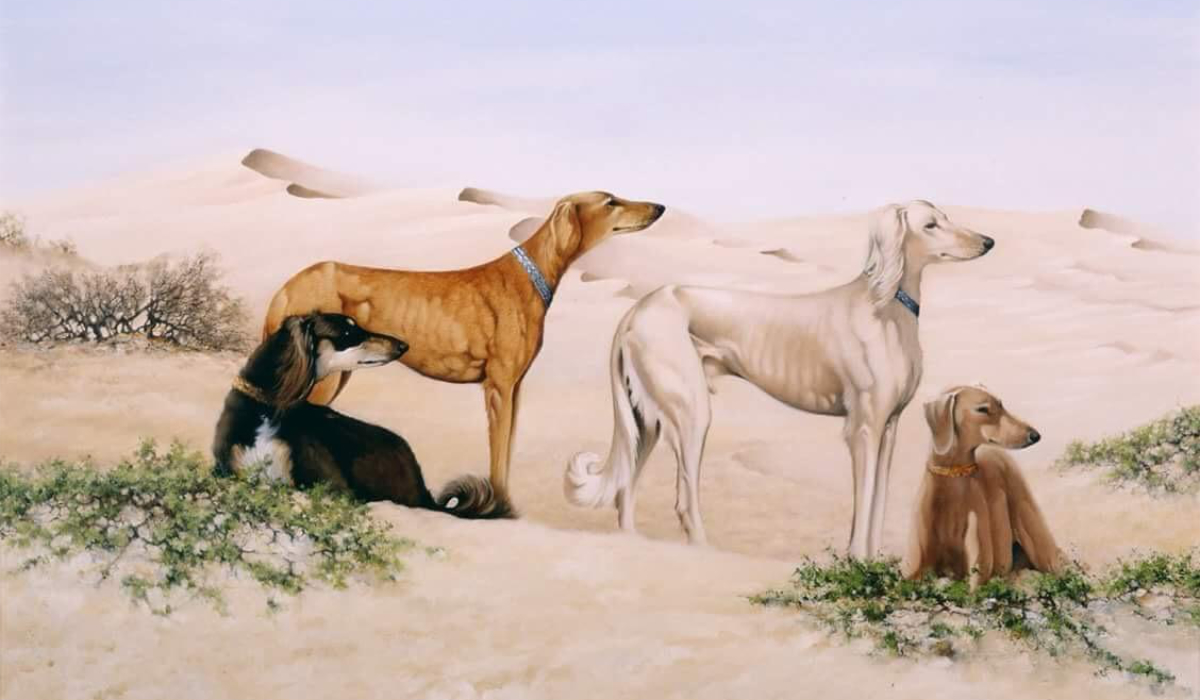NEW DELHI: New Delhi is seeking to enhance its strategic partnership with Riyadh and cooperation on international platforms, the Indian government said on Friday, ahead of External Affairs Minister S. Jaishankar’s first official trip to Saudi Arabia.
Jaishankar is scheduled to arrive in the Kingdom on Saturday for a three-day visit, during which he will co-chair with Saudi Foreign Minister Prince Faisal bin Farhan the inaugural ministerial meeting of the Committee on Political, Security, Social and Cultural Cooperation under the framework of the India-Saudi Arabia Strategic Partnership Council.
The Indian Ministry of External Affairs said in a statement that the ministers would “undertake a comprehensive review” of the bilateral relationship.
“During the visit, EAM will also meet other Saudi dignitaries, as well as Secretary General of the Gulf Cooperation Council H.E. Dr. Nayef Falah Mubarak Al-Hajjraf. Both sides will review the bilateral relations and discuss ways to enhance them,” the ministry said.
“Both sides will also discuss regional and international issues of mutual interest including their cooperation at the UN, G20 and GCC.”
Jaishankar will meet representatives of the 3.5 million Indian expats living and working in the Kingdom.
Saudi-Indian ties reached new highs when Crown Prince Mohammed bin Salman visited New Delhi in February 2019. In October that year, Indian Prime Minister Narendra Modi arrived in Riyadh at the invitation of King Salman, and the Strategic Partnership Council was established.
The India-Saudi strategic partnership is focused on four areas: Political issues, security, socio-cultural relations and defense corporation.
“India and Saudi Arabia in the last few years exponentially strengthened their bilateral relations in various fields — be it political contacts, cooperation in the fight against COVID-19, at multilateral forums as well, whether it is the United Nations or the G20, which Saudi Arabia was heading in 2020,” Muddassir Quamar, a fellow at the Institute of Defense Studies and Analyzes in New Delhi, told Arab News.
Jaishankar’s visit is likely to further strengthen ties.
“Given the kind of regional and international developments we are witnessing today and given the fact that both India and Saudi Arabia are very important actors — regional and international actors — this is a very important visit from all these perspectives,” Qamar said.
The trip is also expected to help the leaderships of the two countries establish ways to proceed with investment projects.
“We have a strategic partnership between India and Saudi Arabia and there is a council also, and this council supervises various committees — economic, political, cultural. It supervises bilateral relations in various arenas: Investment, economic partnerships, counterterrorism, and also many other fields,” Prof. Zikrur Rahman, founding director of the India-Arab Cultural Center, who as a diplomat had served in several Middle Eastern countries, told Arab News.
“This is an important visit which will give an idea to the leadership of the Kingdom of Saudi Arabia, as well as the leadership of India, about how to proceed further regarding big investments and also opportunities for the new projects, which are being launched by the Kingdom of Saudi Arabia.”


































